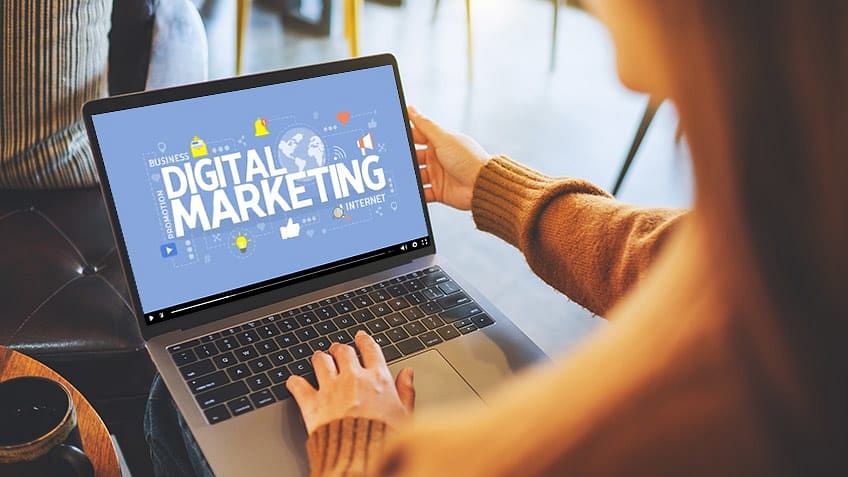Enhance User Experience and Drive Web Traffic With Responsive Website Design
In today's digital landscape, where users are accessing sites from a wide range of gadgets, receptive internet design has actually ended up being more essential than ever before. With its capability to adjust and effortlessly readjust to various screen dimensions, responsive style not only improves user experience yet also drives website traffic to your web site.
Why Receptive Web Design Matters
Receptive website design is a crucial facet of modern-day internet development because of its capacity to ensure optimal user experience across numerous tools and display dimensions. With the spreading of mobile phones, tablet computers, and other mobile phones, it has actually come to be important for sites to adjust and supply seamless performance despite the device being utilized.
The key reason receptive web layout matters is that it allows users to have a delightful and consistent browsing experience, despite the device they are utilizing. A responsive website automatically readjusts its layout, material, and design components to fit the screen size and resolution of the device, guaranteeing that individuals can quickly browse and engage with the site with no inconvenience or irritation.
Additionally, responsive internet style additionally plays a considerable function in search engine optimization (SEO) Look engines, such as Google, prioritize web sites that are receptive and mobile-friendly in their search outcomes. By integrating receptive design principles, internet sites can enhance their exposure and position, resulting in boosted natural web traffic and potential consumers.

Boosting User Involvement Via Responsive Design
Maximizing user involvement is a vital goal of receptive design, as it guarantees that users can quickly access and communicate with web site material on any type of device. With the boosting usage of tablet computers and smart devices, it is critical for internet sites to adjust to various display dimensions and resolutions. Responsive style makes it possible for web sites to immediately adjust their layout and material to give a smooth user experience across gadgets.
Among the primary means responsive style increases user engagement is by reducing tons times. With a responsive site, customers do not have to await different mobile variations to load, resulting in faster accessibility to content. This enhanced speed causes greater user fulfillment and motivates them to invest even more time on the site.
In addition, responsive style boosts user involvement by enhancing navigating and customer interface (seo Carlsbad). When a site is designed responsively, menus and buttons are maximized for touch communications, making it easier for individuals to engage and navigate with the website on their mobile tools. This intuitive and easy to use experience maintains users engaged and urges them to explore more of the site
Additionally, receptive style enables much better content exposure and readability. By adapting the design and font dimensions to different gadgets, responsive web sites ensure that users can easily read and comprehend the material. This improves customer interaction by lowering the demand for scrolling or zooming to read the text.
Boosting Internet Site Traffic With Responsive Website Design
With the growing appeal of mobile devices, having an internet site that is receptive to different display dimensions and resolutions is necessary for driving boosted traffic. In today's digital landscape, customers are accessing internet sites from a selection of devices such as smart devices, tablet computers, and desktop. Each of these gadgets has different display sizes and resolutions, and her explanation if your site is not made to adjust to these variants, it can lead to an inadequate customer experience and a loss of prospective website traffic.
Responsive internet layout makes sure that your site looks and functions optimally throughout all tools. By using versatile grids, fluid pictures, and media inquiries, receptive design enables your website to instantly readjust its navigating, material, and layout to fit any kind of display size. This suggests that users will certainly have a smooth surfing experience despite whether they are utilizing a large desktop or a tiny smartphone computer.
Trick Components of Effective Receptive Style
Reliable responsive style incorporates several crucial elements that make sure a seamless user experience throughout different tools. This permits material to be presented in a visually attractive and understandable fashion on any tool.
An additional crucial element is media inquiries. These allow developers to apply various styles and designs based on the attributes of the user's device, such as display dimension and orientation. By utilizing media queries, developers can optimize the presentation of material for each gadget, making certain that it is readable and quickly available.
Responsive images are also crucial in reliable responsive layout. Photos that are as well large can reduce web page load times on mobile devices, while pictures that are as well little may show up pixelated on larger displays. By utilizing methods such as receptive image resizing and lazy loading, developers can ensure that images are properly sized and maximized for each gadget.
Finally, reliable responsive design entails a mobile-first strategy. This suggests focusing on and making content for smart phones first, and afterwards improving the design and broadening for larger screens. This strategy makes sure that one of the most vital material is quickly available on smaller sized displays, while still giving an abundant experience on larger tools.
Best Practices for Executing Receptive Web Layout
Implementing responsive website design needs cautious factor to consider of numerous best methods to guarantee an ideal customer experience throughout various tools. Here are some essential best techniques to adhere to when implementing responsive website design.
To start with, it is essential to focus on mobile users. With the enhancing dominance of mobile phones, developing for mobile-first has actually come to be necessary. Start deliberately for smaller sized screens and after that Read Full Report considerably improve the format for larger displays.

Another vital ideal practice is to optimize pictures for different display resolutions. Large photos can decrease the filling time of your internet site, specifically on smart phones with slower links. Usage receptive photos that can be resized based upon the gadget's screen resolution to boost performance.
In addition, test your website on various gadgets and display dimensions to guarantee a consistent and smooth experience. There are numerous testing devices offered that can assist you recognize any type of issues and make needed modifications.
Last but not least, focus on use and availability. Guarantee that your internet site is easy to navigate, with concise and clear web content. Make certain that your internet site is obtainable to people with specials needs and adheres to access guidelines.
Verdict
In verdict, responsive internet layout plays a critical function in enhancing individual experience and driving web traffic to sites. By taking on responsive layout principles, sites can guarantee optimal viewing experiences throughout various tools, leading to enhanced individual interaction.
Optimizing customer interaction is a crucial goal of responsive style, as it guarantees that customers can conveniently accessibility and engage with website content on any type of tool. Receptive layout enables web sites to automatically change their format and web content to provide a seamless individual experience throughout tools.
Additionally, responsive design enhances individual engagement by enhancing navigation and customer interface.Receptive photos are additionally vital in efficient responsive design. By taking on receptive layout click principles, sites can guarantee ideal checking out experiences throughout different devices, leading to increased user interaction.